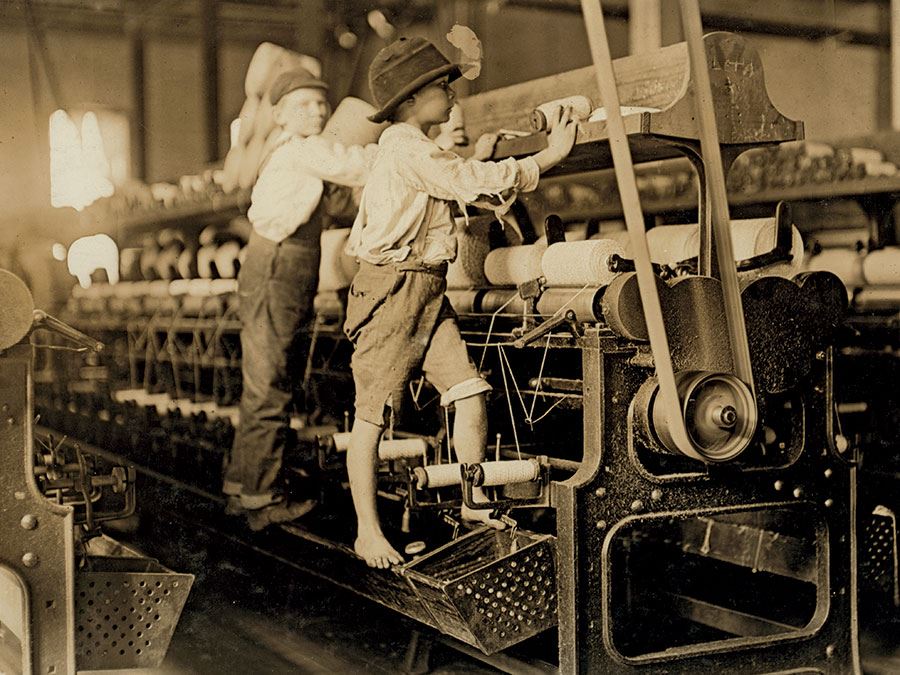Schwan, Leanne
Page Navigation
- Home
-
Global 10
- 10.1 The World in 1750 C.E.
- 10.2 Enlightenment, Revolution, and Nationalism
- 10.3 Causes and Effects of the Industrial Revolution
- 10.4 Imperialism
- 10.5 Unresolved Global Conflict (1914-1945)
- 10.6 Unresolved Global Conflict (1945-1991)
- 10.7 Decolonization and Nationalism
- 10.8 Tensions Between Cultural Traditions and Modernization
- 10.9 Tensions Between Cultural Traditions and Modernization
- 10.10 Human Rights Violations
- 9.1/10.0 Historical Thinking
-
Global 9
- 9.1/10.0 Historical Thinking
- 9.2 - The First Civilizations
- 9.3 Classical Civilizations
- 9.4 Political Powers and Achievements
- 9.5 Social and Cultural Growth and Conflict
- 9.6: Ottoman and Ming Pre-1600
- 9.7: Transformation of Western Europe and Russia
- 9.8: Africa and the Americas Pre-1600
- 9.9: Interactions and Disruptions
- Global Resources
- Global Review
- HMH TEXTBOOK PDF
- SUB PLANS
- CL Foundations in Education - IONA
10.3 Causes and Effects of the Industrial Revolution

-
ESSENTIAL QUESTION:
Did the benefits of the Industrial Revolution outweigh the costs?
Unit Essential Question:
- How do turning points change history?
-
10.3 Brainpop Videos
- Railroad History
- Industrial Revolution
- Adam Smith
- Communism
-
CAUSES AND EFFECTS OF THE INDUSTRIAL REVOLUTION: Innovations in agriculture, production, and transportation led to the Industrial Revolution, which originated in Western Europe and spread over time to Japan and other regions. This led to major population shifts and transformed economic and social systems.
(Standard: 2, 3, 4; Themes: MOV, TCC, GEO, SOC, ECO, TECH)








